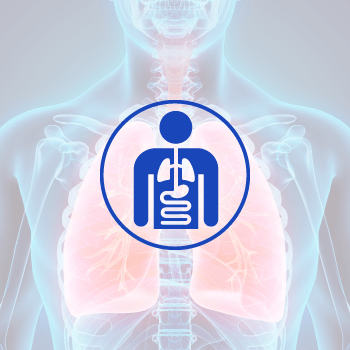STAPEDOTOMY
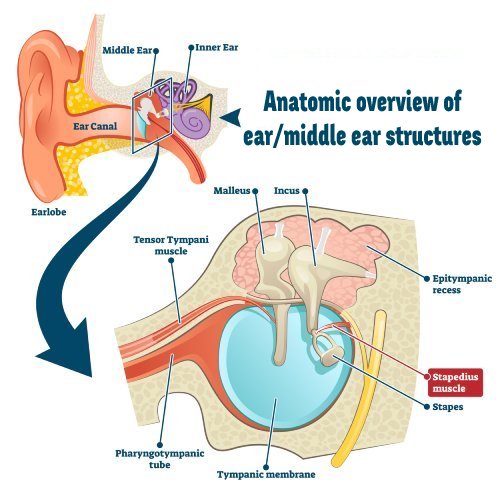
Stapedotomy
- What is stapedotomy surgery?
- Who needs stapedotomy?
- What happens before the procedure?
- What happens during the procedure?
- Doctors’ recommendations post surgery
- Recovery time
A stapedotomy is a surgical procedure performed to remove the diseased stapes and replace it with an artificial implant.
Stapedotomy/stapedectomy is performed via the external auditory canal with the use of a microscope. After the stapes is separated from the malleus and incus, a CO2 laser can be used to create a hole in the stapes footplate (stapedotomy) or to remove a portion of the superstructure/footplate (stapedectomy).
If you have hearing loss caused by Otosclerosis or Tympanosclerosis
- Otosclerosis: Otosclerosis, also known as otospongiosis, is abnormal bone growth and resorption in the middle ear, which leads to conductive hearing loss. This condition happens when your stapes fuses with surrounding bone, losing the flexibility it needs to transmit sound waves from your middle ear to your inner ear. Common symptoms include balance problems, vertigo, and tinnitus.
- Tympanosclerosis: Tympanosclerosis is a hearing loss condition in which there can be a calcification of the eardrum and middle ear structures. The eardrum typically shows a chalky white appearance under the microscope.
Before you have a stapedotomy, your ENT specialist evaluates your hearing loss.
- Obtains your medical history.
- Performs a physical examination. They will examine your ear canals and your eardrums (tympanic membrane).
- Performs a hearing test (audiometry).
- Performs a computed tomography (CT) scan, if needed.
- Stapedotomy is a day surgery procedure and lasts between 90 minutes to 2 hours.
- Stapedotomy can be done under local or general anesthesia.
- There are several surgical methods like manual perforation, with a drill or non-touch with a laser (diode or CO2).
- Using a CO2 laser during the surgery is an excellent procedure for stapes microsurgery. Due to its non-touch technique it enhances the safety level and contributes to a high success rate (over 94%) in most of the cases.
- In the final step of the surgery the fused stapes footplate is replaced by an artificial implant.
Under normal circumstances stapedotomy is a day surgery procedure and you will be able to leave the hospital at the same day of surgery once recovered from general anesthesia.
- You’ll need to keep your ear dry for about a week to 10 days.
- You should avoid traveling by airplane until your ear has healed (approx. 4 weeks).
- Don’t use earbuds until your ear has healed or otherwise recommended.
- Most people are able to go back to work or their normal routine in about one week.
- The doctor will take out the packing 1 to 2 weeks after surgery.
- Your hearing may improve immediately. However, in most of the cases it takes 2 to 4 weeks to notice the difference and the hearing often continues to improve in the first 2 month after the surgery.
CO2 LASER
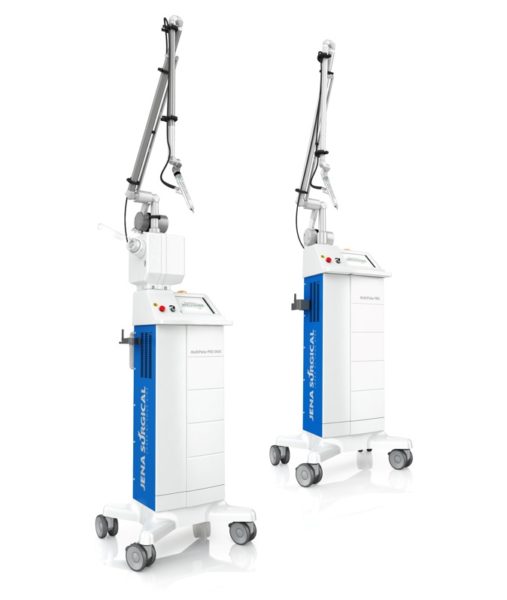
The use of lasers in ENT surgery is common practice today. Thanks to the evolution of laser sources, the surgical otolaryngology approach has been revolutionized by the ability to perform minimally invasive, highly precise surgery, suitable for a wide range of treatments for diseases of ear/nose/throat.
CO₂ lasers are mostly used in ENT, particularly appreciated for the high degree of precision in cutting combined with an excellent coagulation effect.
JenaSurgical introduces the MultiPulse PRO Family. It consists out of two CO2 laser platforms, the MultiPulse PRO and the MultiPulse PRO DUO. They reach up to 60 W maximum power in continuous mode.
It is scientifically known that the 10,600 nm wavelength is mostly absorbed by water; this characteristic makes it particularly suitable for soft tissue surgery. CO2 laser surgery as with the MultiPulse PRO Family is recognized as being minimally invasive and highly effective, as proven by numerous scientific articles regarding surgery and microsurgery with this type of laser in various disciplines.
The use with the scanning unit is indicated for layer-by-layer char-free ablation, enhancing the safety of the treatment with more uniform, accurate and controllable impact such as ablative and fractional skin resurfacing. Therefore, the MultiPulse PRO Family is designed to be used for ENT microsurgery, gynaecological surgery, i.e. colposcopy and laparoscopy as well as general surgery.
It supports the surgeon daily and contributes to the success of surgery, with significant positive effects on the postoperative recovery time and the patient’s quality of life.


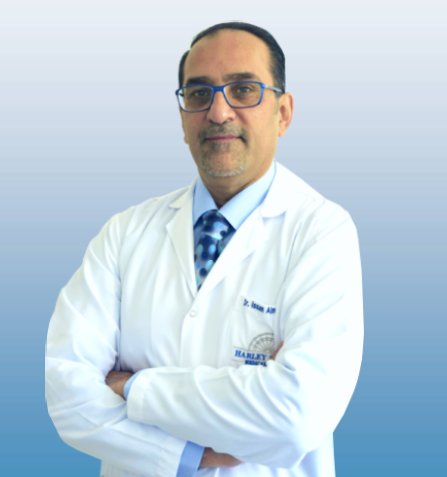
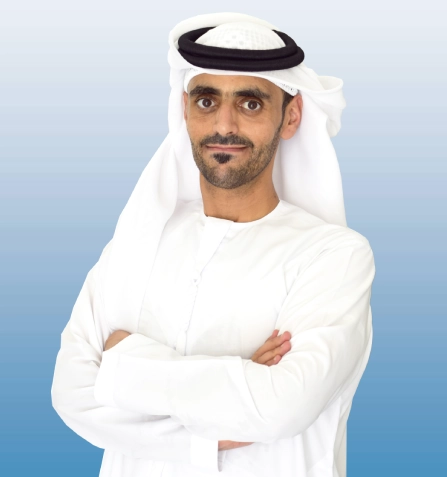



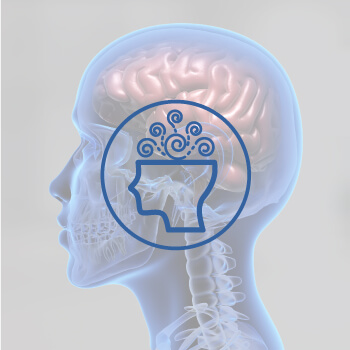





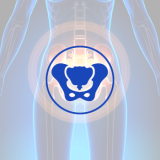


 أنقر هنا
أنقر هنا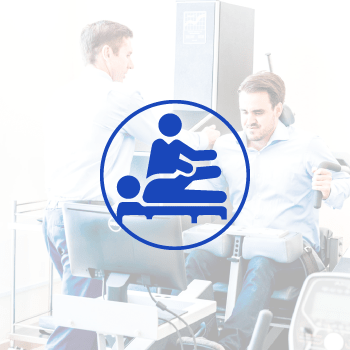 أنقر هنا
أنقر هنا

